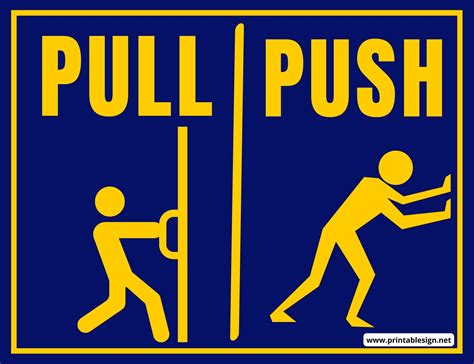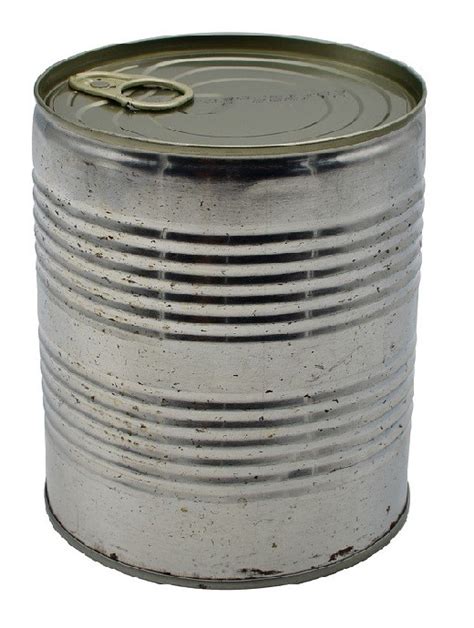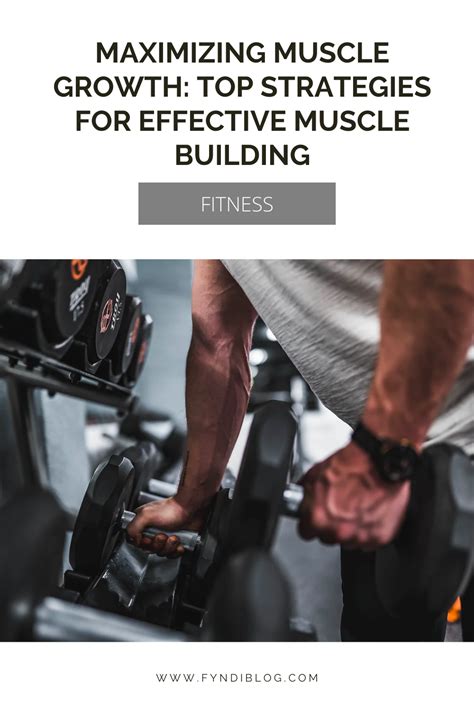Peak physique: optimal training split for lean muscle gain & efficient fat loss?

Cracking the Code: The Dual Goal of Muscle Gain & Fat Loss
Achieving a ‘peak physique’ often involves the challenging yet rewarding pursuit of simultaneously building lean muscle and shedding unwanted body fat. This process, known as body recomposition, requires a strategic approach to training, nutrition, and recovery. While seemingly contradictory, optimizing your training split is a cornerstone for effectively managing energy expenditure, muscle stimulation, and recovery to push towards both objectives.
Understanding the Foundation: What is a Training Split?
A training split dictates how you divide your muscle groups or movement patterns across your workout week. The right split can maximize muscle protein synthesis, allow for adequate recovery, and enable sufficient frequency to stimulate growth and metabolic activity crucial for fat loss. Let’s explore common splits and how they align with our dual goals.

The Full Body Split: Frequency and Efficiency
In a full body split, you train all major muscle groups in each workout session, typically 2-4 times per week. This approach offers high frequency, meaning each muscle group is stimulated multiple times weekly. For body recomposition, high frequency can be beneficial as it keeps muscle protein synthesis elevated more often. It’s also excellent for burning calories across sessions, contributing to fat loss. However, each session can be longer, and recovery between workouts needs careful management.
Upper/Lower Split: Balanced Approach
An Upper/Lower split divides your training into separate upper body days and lower body days. A common setup is 4 days a week (e.g., Upper, Lower, Rest, Upper, Lower, Rest, Rest). This split allows for higher volume per muscle group per session compared to full body, providing a good balance between frequency and volume. It’s highly effective for progressive overload, essential for muscle gain, and offers sufficient recovery for each body part before its next session.

Push/Pull/Legs (PPL): The Classic for Volume and Focus
The Push/Pull/Legs (PPL) split is a favorite among intermediate to advanced lifters, often performed 3 or 6 days a week. Push days target chest, shoulders, and triceps; Pull days focus on back and biceps; Leg days hit quads, hamstrings, and calves. This split allows for significant volume and intensity for each muscle group, promoting muscle hypertrophy. When run 6 days a week, the high training frequency and volume contribute significantly to caloric expenditure, aiding fat loss while providing ample recovery for specific muscle groups between their respective sessions.
Bro Split (Body Part Split): When Less Is More (for Specific Goals)
The traditional ‘bro split’ dedicates an entire workout to one or two muscle groups (e.g., Chest Day, Back Day, Leg Day, etc.). While excellent for isolating muscles and achieving high volume for a specific part, its lower frequency per muscle group (often once a week) might not be optimal for body recomposition compared to splits that offer higher frequency. However, it can work for advanced individuals with specific recovery needs or those who thrive on very high single-session volume.
![5 Best Workout Splits to Build Muscle & Strength [in 2025]](/images/aHR0cHM6Ly90czIubW0uYmluZy5uZXQvdGg/aWQ9T0lQLlpDTEVPN0hYUHlOaW5nUGNiLURSc0FIYUVLJnBpZD0xNS4x.webp)
Choosing Your Optimal Split: Key Considerations
The ‘optimal’ split isn’t one-size-fits-all. Consider these factors:
- Training Frequency: How many days per week can you realistically commit?
- Recovery Capacity: Are you sleeping enough, managing stress, and fueling properly?
- Experience Level: Beginners often thrive on full-body or upper/lower due to lower volume needs and higher frequency benefit.
- Personal Preference: What keeps you motivated and consistent?
For most aiming for lean muscle gain and efficient fat loss, splits offering moderate to high frequency (2-3 times per muscle group per week) are generally most effective. This means Full Body (3x/week), Upper/Lower (4x/week), or PPL (6x/week) are often excellent choices.
Beyond the Split: Nutrition and Strategic Cardio
Fueling for Recomposition
No training split, however perfect, can override poor nutrition. For body recomposition, a slight caloric deficit or maintenance calories with high protein intake (1.6-2.2g/kg body weight) is crucial. This provides the building blocks for muscle repair and growth while encouraging fat utilization for energy.
Integrating Cardio Smartly
Cardio is essential for fat loss and cardiovascular health. Strategic integration is key: avoid overdoing it, which can impede recovery and muscle gain. Low-intensity steady-state (LISS) cardio on rest days or post-lifting, or short bursts of high-intensity interval training (HIIT) 1-2 times a week, can be highly effective without cannibalizing muscle.

The Pillars of Progress: Consistency, Overload, and Recovery
Regardless of your chosen split, success hinges on these principles:
- Progressive Overload: Continuously challenge your muscles by increasing weight, reps, sets, or decreasing rest times. This is the primary driver of muscle growth.
- Consistency: Adhere to your training and nutrition plan diligently. Results don’t happen overnight.
- Recovery: Prioritize 7-9 hours of quality sleep, manage stress, and allow your muscles adequate time to repair and grow. Over-training is counterproductive.
Conclusion: Your Personalized Path to a Peak Physique
The optimal training split for lean muscle gain and efficient fat loss is the one you can stick to consistently, that allows for progressive overload, and that supports your recovery needs. Experiment with Full Body, Upper/Lower, or PPL to find what resonates best with your lifestyle and body’s response. Couple this with smart nutrition and strategic cardio, and you’ll be well on your way to sculpting your peak physique.








